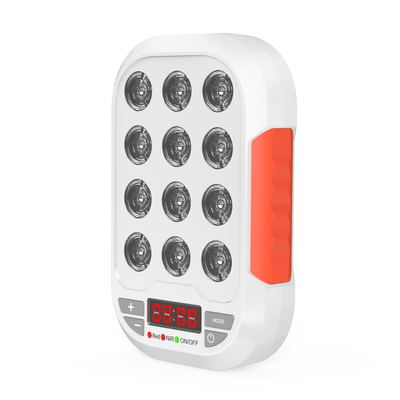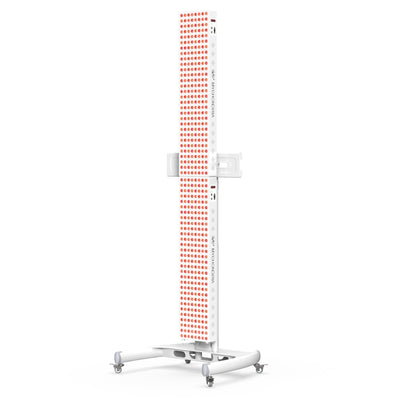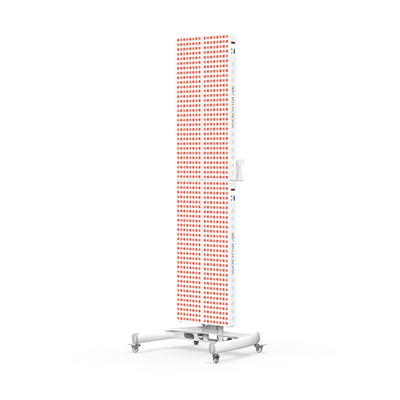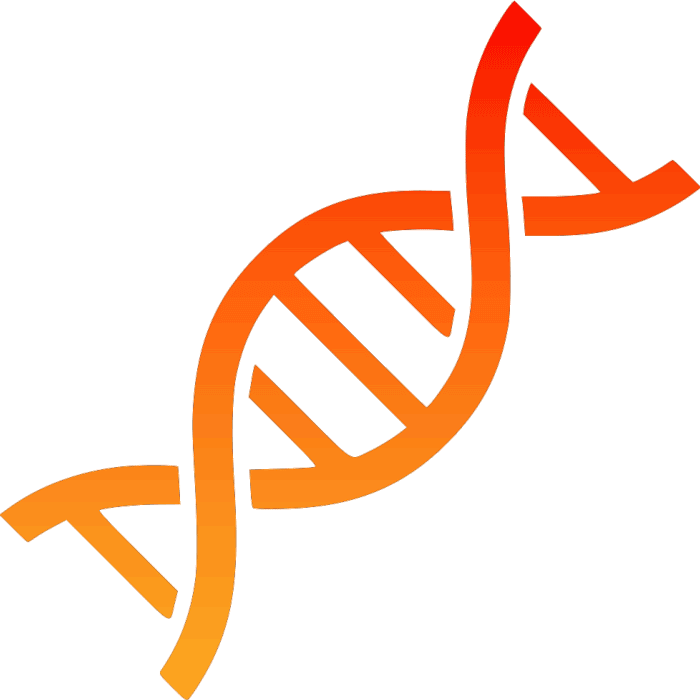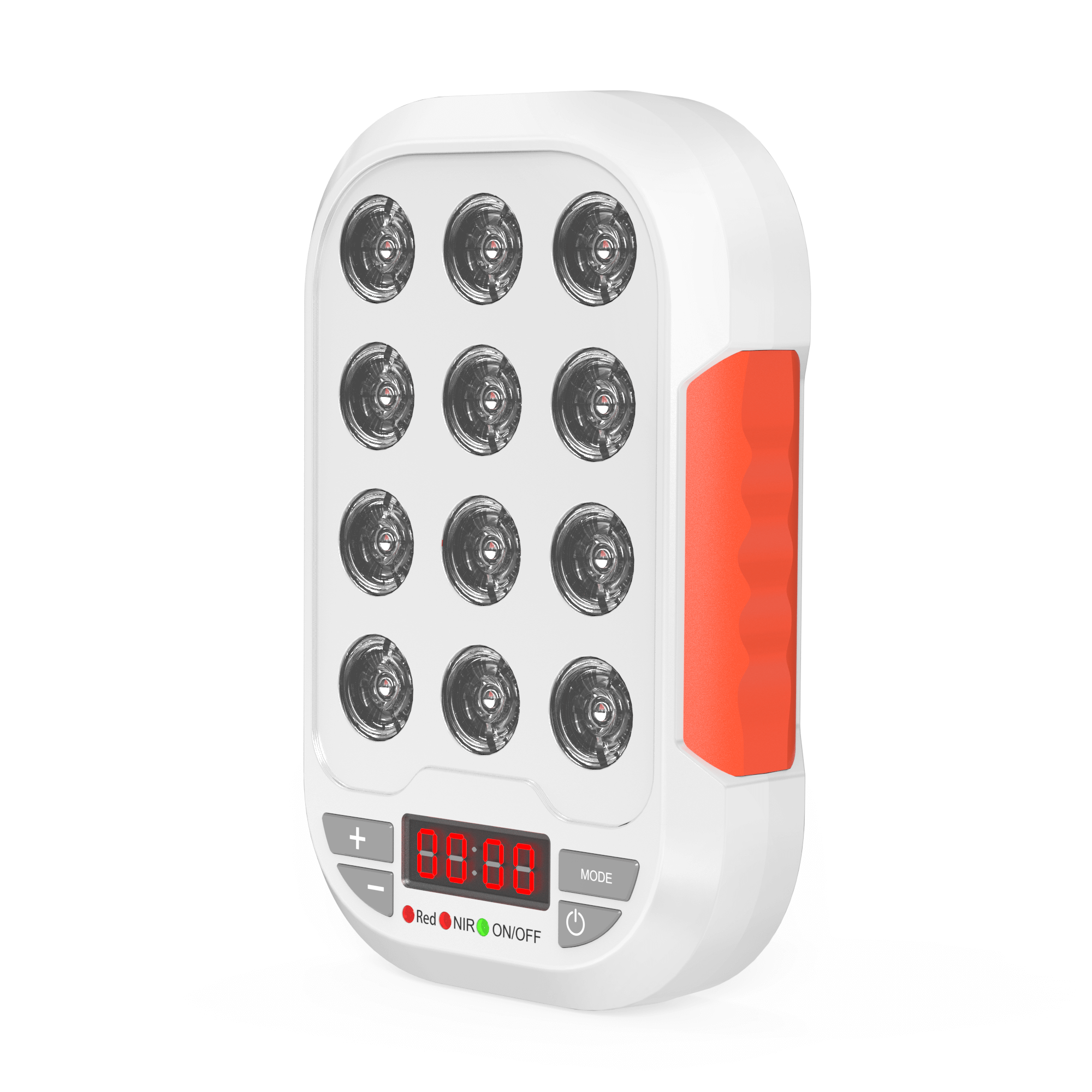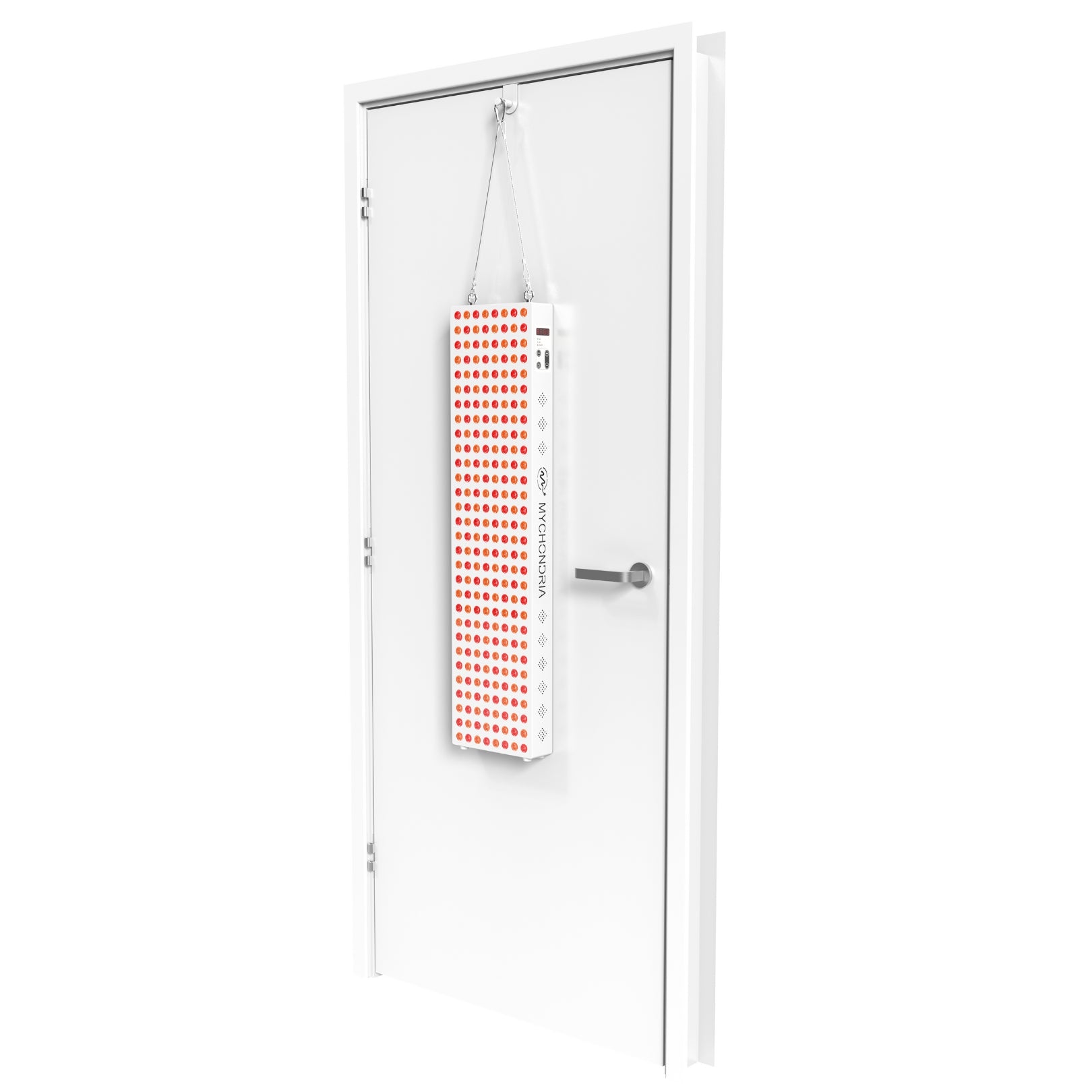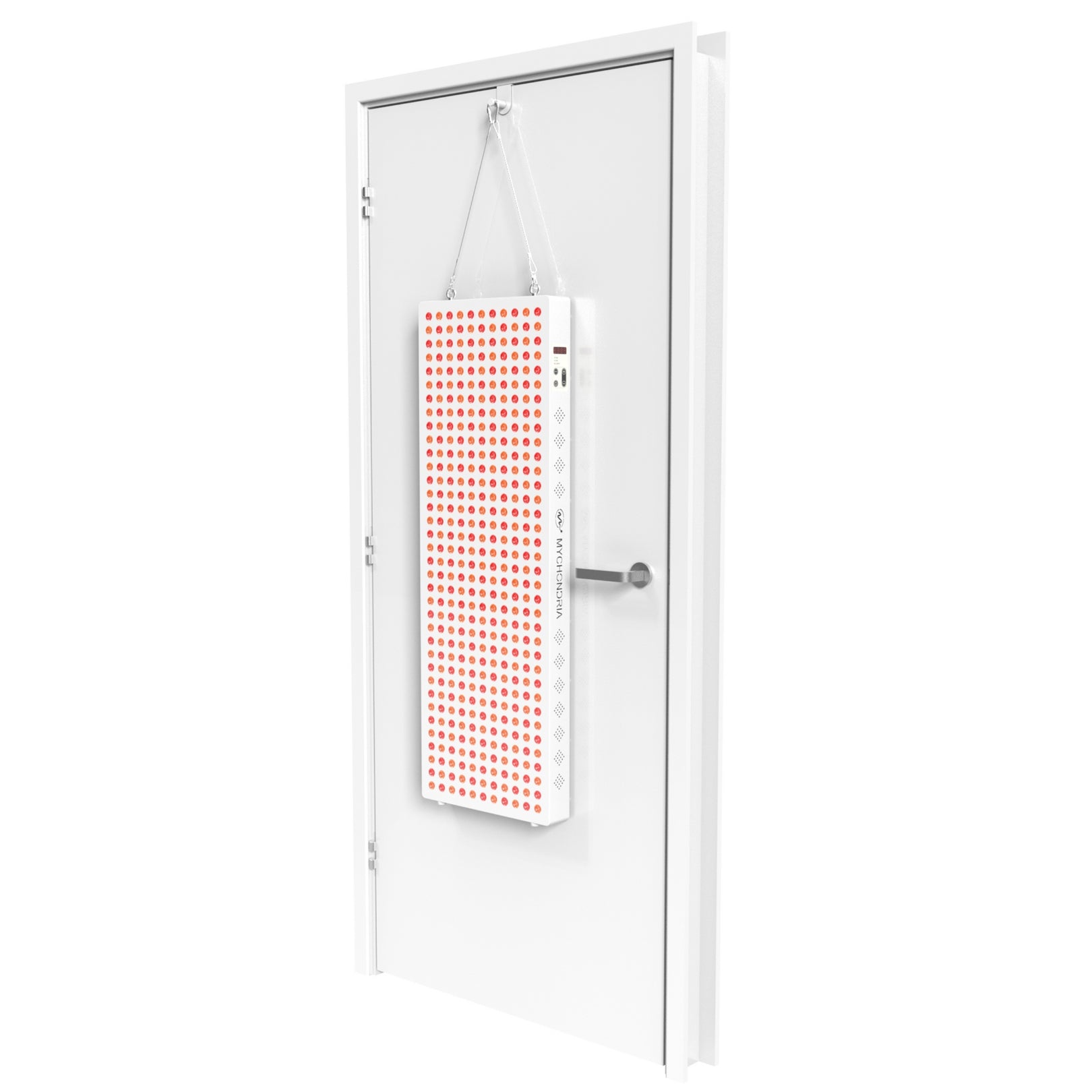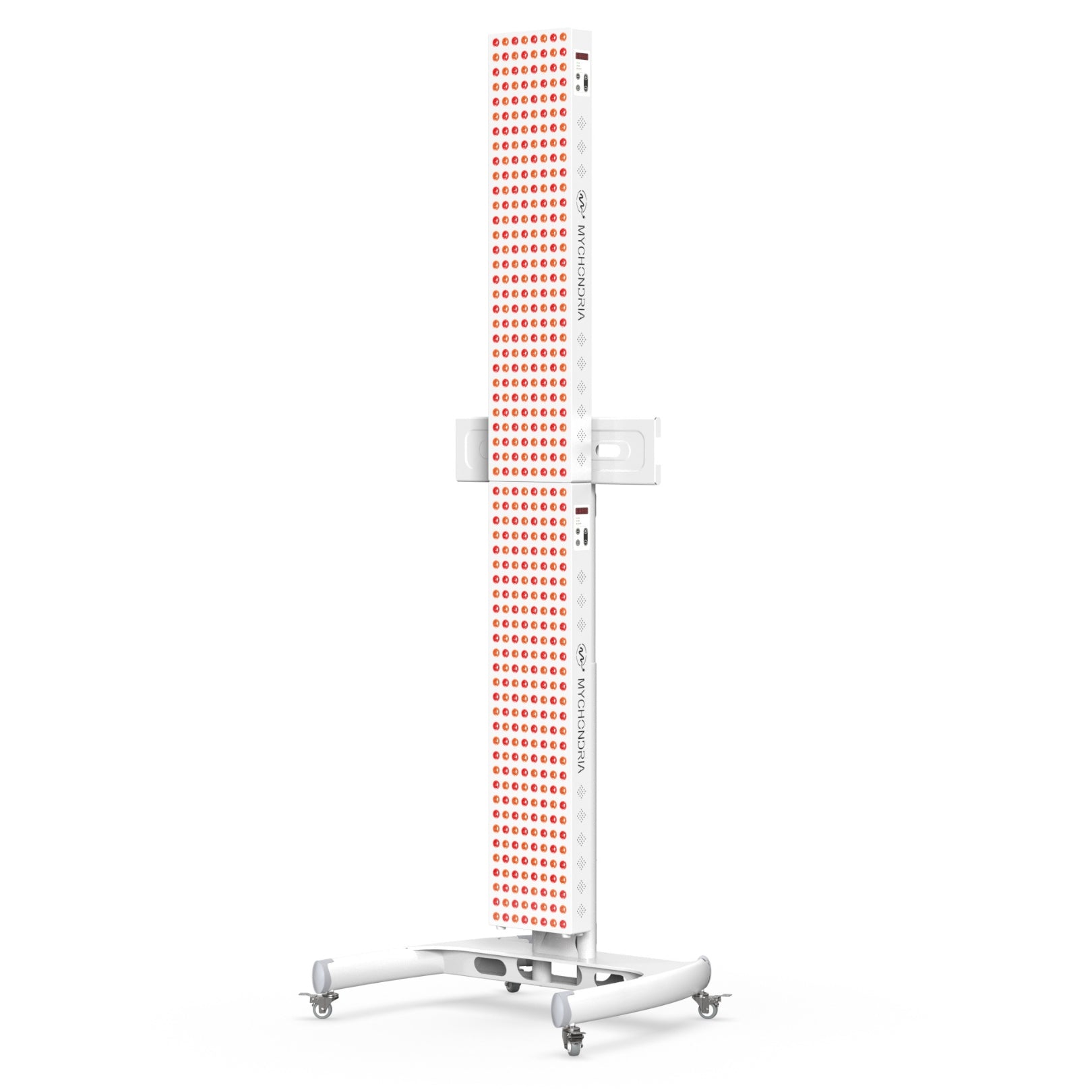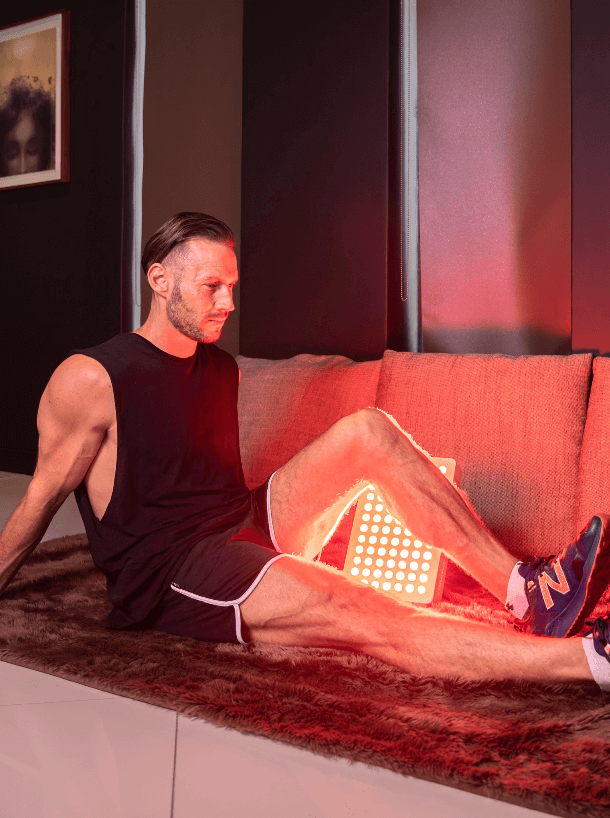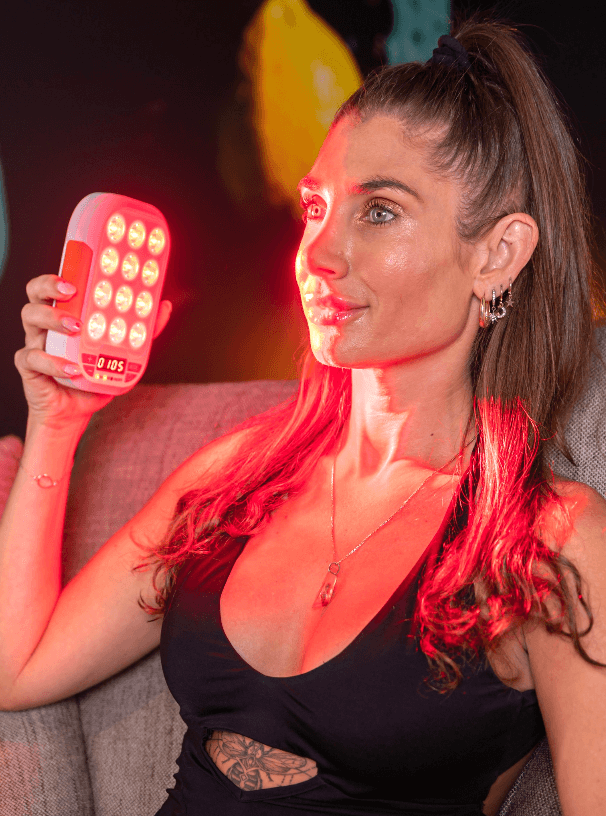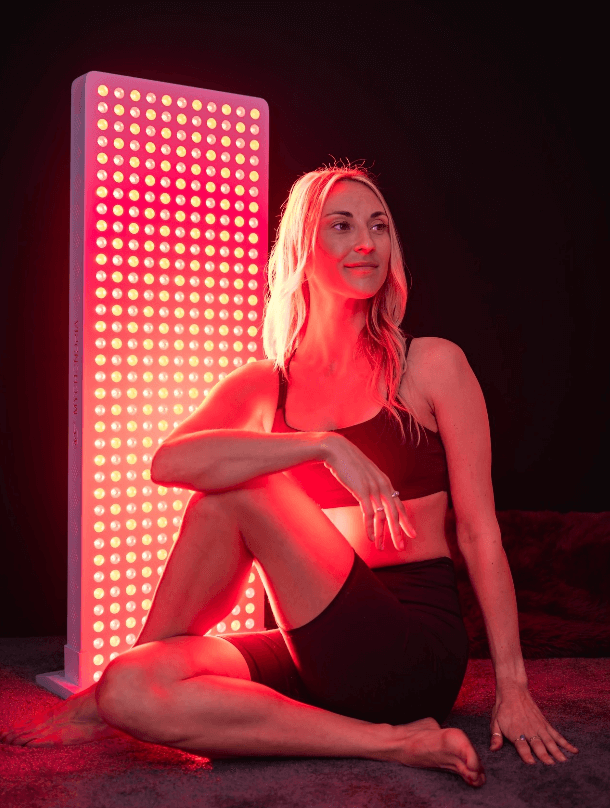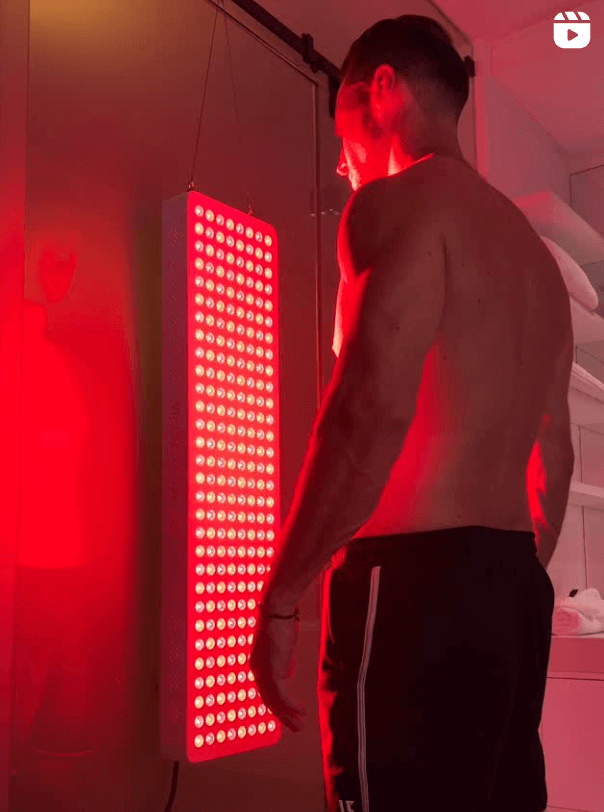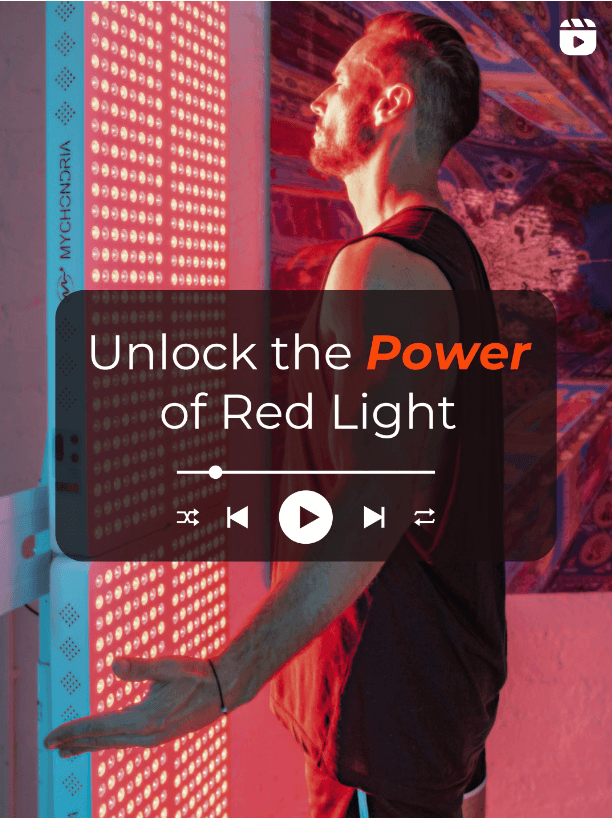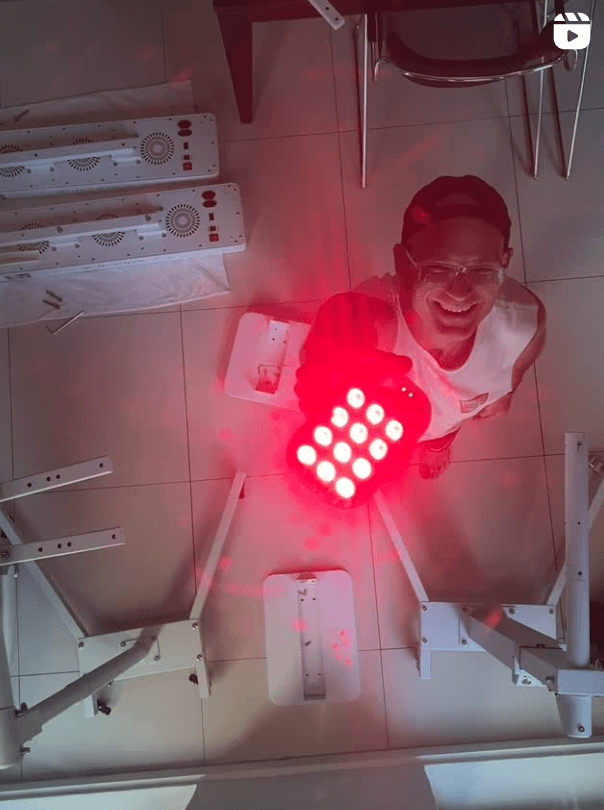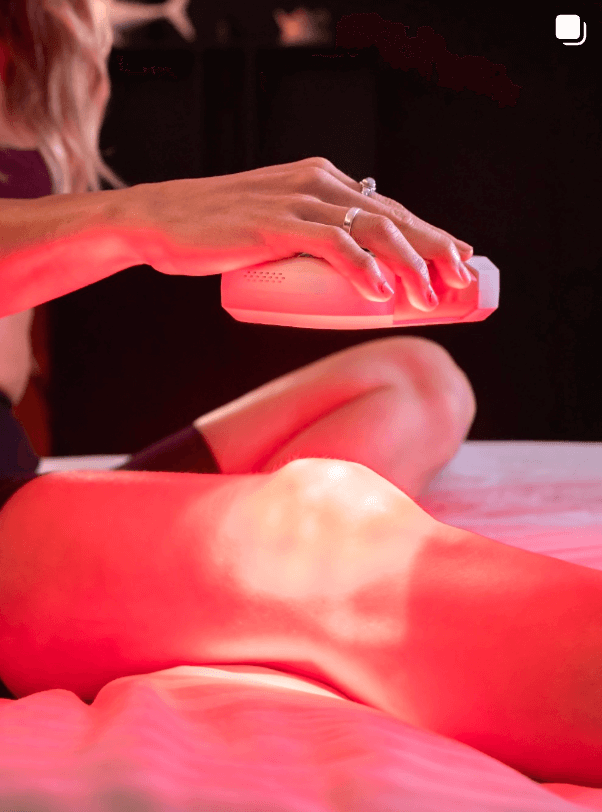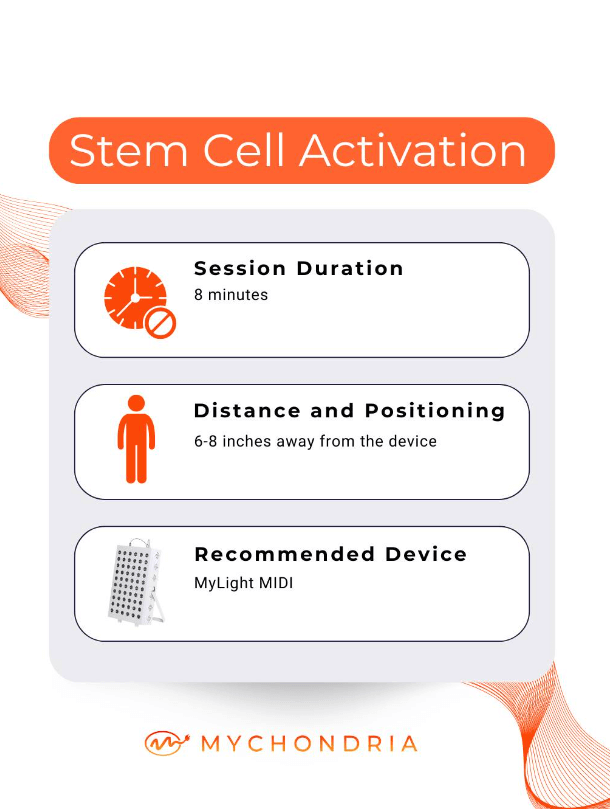Red light therapy has gained popularity in recent years for its potential benefits in various areas, from skincare to pain management. However, along with its growing popularity, several myths and misconceptions have emerged, leading to confusion and misinformation.
In this blog post, we debunk some of these myths and shed light on the facts surrounding red light therapy.

Myth 1: Red Light Therapy is Harmful and Causes Damage to the Skin
Fact: One of the most common misconceptions is that red light therapy can harm the skin or cause damage. In reality, red light therapy utilizes low-level wavelengths that are considered safe and non-invasive. It does not emit harmful UV rays like tanning beds or direct sunlight, making it a safe and gentle treatment for various skin conditions.
Myth 2: Red Light Therapy is Just a Fad and Lacks Scientific Evidence
Fact: Red light therapy is not a passing trend and has a solid scientific foundation supporting its efficacy. Numerous studies have explored the benefits of red light therapy and its effects on cellular function, collagen production, wound healing, and pain relief. While more research is still needed to uncover its full potential, the existing evidence points to its effectiveness in various applications.
Myth 3: Red Light Therapy is Only for Anti-Aging and Wrinkle Reduction
Fact: While red light therapy is indeed known for its potential anti-aging benefits, its applications extend beyond just reducing wrinkles. Red light therapy has shown promise in addressing a range of conditions, such as acne, psoriasis, eczema, muscle recovery, joint pain, hair growth, and even mood disorders. Its versatile nature makes it a valuable therapy for both cosmetic and therapeutic purposes.
Myth 4: Any Red Light Will Provide the Same Benefits
Fact: Not all red lights are created equal when it comes to red light therapy. The therapy utilizes specific wavelengths within the red spectrum (usually between 630 and 660 nanometers) and near-infrared spectrum (between 800-900 nanometers) to stimulate cellular activity. Different wavelengths have different effects on the body, and it's important to use devices that emit the appropriate wavelengths for optimal results. Investing in a high-quality red light therapy device will ensure that you are receive the right wavelengths.
Myth 5: Red Light Therapy Delivers Immediate Results
Fact: Patience is key when it comes to red light therapy. While some individuals may experience noticeable improvements in their skin or pain relief after a few sessions, the results can vary. Red light therapy works by stimulating cellular processes, and it may take time for these processes to manifest visibly. Consistency and regular treatments are often necessary to achieve long-lasting results.

Conclusion
Red light therapy holds great potential as a non-invasive, safe, and versatile treatment option. By debunking these myths and misconceptions, we hope to provide a clearer understanding of the therapy and its benefits.
With accurate information, you can make informed decisions and harness the potential benefits that red light therapy offers.
